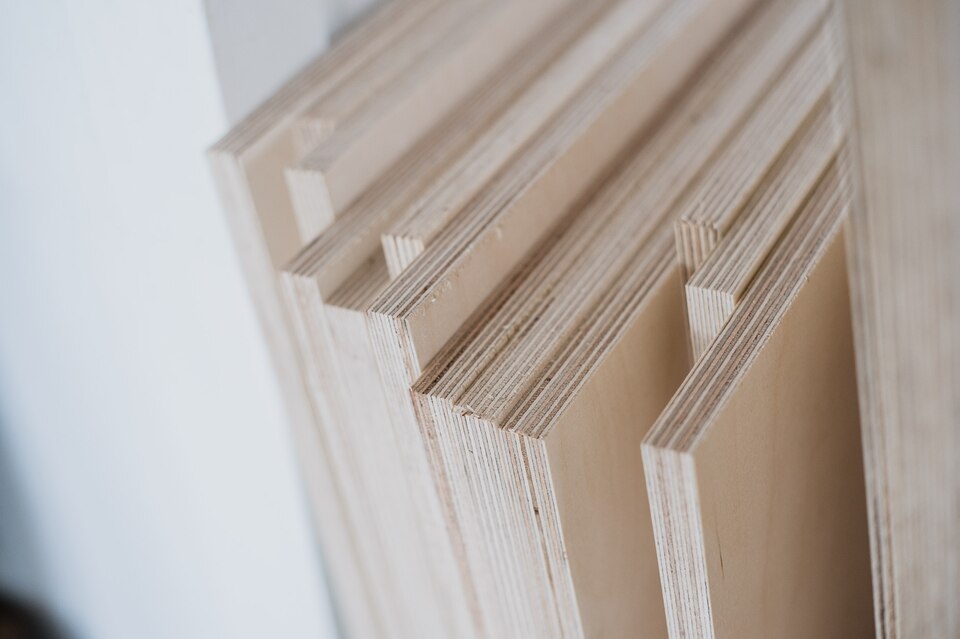Waterproof Plywood vs. Treated Plywood: Pros and Cons
When it comes to choosing the right plywood for your projects, the decision between waterproof and treated plywood can be crucial. Each type has its own set of advantages and disadvantages that can significantly impact the outcome of your project. In this comprehensive guide, we will explore the pros and cons of both waterproof and treated plywood to help you make an informed choice.
Understanding Waterproof Plywood
Waterproof plywood is specially designed to resist water damage and decay. It is manufactured by applying a waterproofing agent or adhesive between the layers of wood during the production process.
This creates a barrier that prevents moisture from seeping into the material. Waterproof plywood is commonly used in applications where it will be exposed to moisture or damp conditions, such as in bathrooms, kitchens, and outdoor projects.
In addition to its moisture resistance, waterproof plywood also boasts impressive structural integrity. The layers of wood, combined with the waterproofing agent, create a sturdy and reliable material that can withstand varying environmental conditions.
This makes it an excellent choice for projects where stability and durability are paramount. Whether used for outdoor furniture or in marine applications, waterproof plywood proves itself as a versatile and dependable option.
Its ability to maintain its structural integrity even in damp environments sets it apart as a top choice for builders and craftsmen alike.
Pros of Waterproof Plywood
Superior Water Resistance:
Beyond its name, the outstanding resistance to water that waterproof plywood provides is a game-changer in moisture-prone environments. Whether used in high-humidity regions or spaces susceptible to occasional spills or splashes, this type of plywood stands as a reliable bulwark against water-induced damage.
Its capacity to repel moisture not only safeguards the material itself but also contributes to the longevity and stability of any structure it is used in. This makes waterproof plywood a cornerstone in the construction of spaces like bathrooms, kitchens, and marine vessels, where its exceptional water resistance ensures a durable and long-lasting result.
Longevity:
The resilience of waterproof plywood against moisture not only ensures immediate protection but also pays dividends in the long run. Unlike untreated plywood, which is vulnerable to the deteriorating effects of dampness over time, waterproof plywood remains steadfast in the face of moisture-related challenges.
This extended lifespan is a testament to the superior quality and durability of this specialized material. It means that structures built with waterproof plywood can withstand the test of time, requiring fewer repairs or replacements due to water-related damage. This makes it a prudent investment for any project where longevity and performance are paramount considerations.
Versatility:
The versatility of waterproof plywood knows no bounds. Its adaptability to diverse applications makes it a cherished choice among builders and craftsmen. For outdoor furniture, where exposure to the elements is inevitable, waterproof plywood ensures that your creations endure through sun, rain, and everything in between.
In boat building, a domain where water resistance is non-negotiable, this plywood variety is the material of choice, ensuring the vessel’s structural integrity even in the harshest marine environments.
Moreover, in high-moisture areas such as basements or bathrooms, where traditional materials might falter, waterproof plywood steps up as a reliable foundation, providing stability and longevity to the flooring. Its capacity to excel in such a wide array of applications is a testament to its unmatched utility and durability.
Reduced Maintenance:
Once installed, waterproof plywood requires less maintenance compared to untreated plywood, as it is less susceptible to water-related damage.
Cons of Waterproof Plywood
Cost: Waterproof plywood is generally more expensive than treated plywood due to the additional manufacturing processes and materials involved.
Availability: It may not be as readily available as treated plywood in some regions, which could affect project timelines.
Exploring Treated Plywood
Treated plywood undergoes a process where it is infused with chemicals that provide protection against decay, insects, and fungi. This treatment significantly enhances its durability and makes it suitable for outdoor applications where it may be exposed to the elements.
Furthermore, the chemical infusion process in treated plywood not only fortifies it against natural adversaries like decay, insects, and fungi, but it also imbues the wood with a remarkable level of resilience. This means that treated plywood can stand up to harsh weather conditions, including rain, snow, and UV exposure, without compromising its structural integrity.
This makes it an excellent choice for outdoor structures such as decks, fences, and garden sheds. The added protection afforded by the chemical treatment ensures that treated plywood remains in top-notch condition for an extended period, even in the face of Mother Nature’s toughest challenges.
Pros of Treated Plywood
Insect and Fungal Resistance: Treated plywood is highly effective at repelling insects and fungi, making it an excellent choice for outdoor construction projects.
Cost-Efficiency: Treated plywood is generally more budget-friendly compared to waterproof plywood, making it a popular choice for large-scale projects.
Widely Available: It is widely available in most regions, making it easily accessible for various construction needs.
Cons of Treated Plywood
Limited Water Resistance: While treated plywood offers some degree of moisture resistance, it is not completely waterproof. Prolonged exposure to moisture can still lead to damage over time.
Chemical Treatment: Some individuals may have concerns about the chemicals used in the treatment process. It’s important to handle treated plywood with care and follow safety guidelines.
Making the Choice: Waterproof Plywood or Treated Plywood?
In making your decision between waterproofing and treated plywood, consider the specific requirements of your project. If you need a material that offers superior water resistance and will be exposed to moisture regularly, waterproof plywood is the optimal choice. On the other hand, if your project demands protection against insects and fungi without constant exposure to water, treated plywood provides a cost-effective and reliable solution.
In conclusion, both waterproof and treated plywood have their unique strengths and considerations. By weighing the pros and cons outlined above, you can confidently select the plywood that best suits your project’s needs. Remember to factor in the waterproof plywood price, which may influence your final decision. Whichever option you choose, investing in quality plywood will ensure the longevity and success of your project.

















